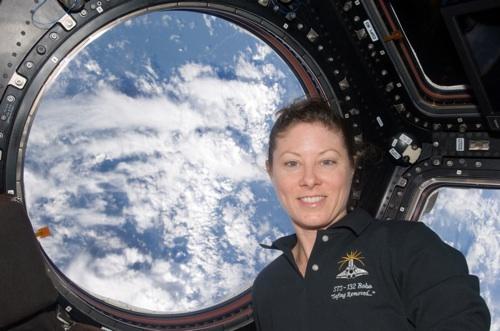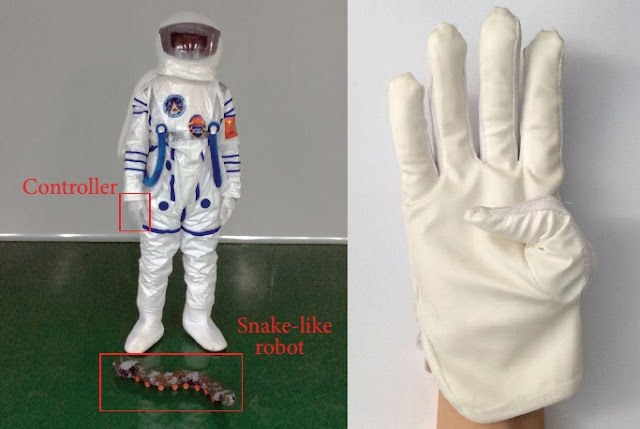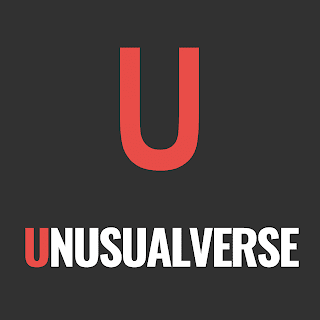In 2010 astronaut Tracy Caldwell launched a Sign Language message from the International Space Station (ISS) for the first time in history. It did so to encourage young Deaf students in the United States. One of the things Tracy said, in a quite fluent American Sign Language, was as follows:
One thing I learnt was that deaf people can do everything […]. Maybe some day you can fly into space and live on the ISS.

|
| Astronaut Tracy Caldwell (photo: Cité de l'espace) |
In addition to supporting the young Deaf students, Tracy briefly explained what life was like on the International Space Station. This is the NASA video (in American Sign Language and English captioning):
But this was not the first time an astronaut launched a Sign Language message from space. Already in 1992, another astronaut, Bill Readdy, launched an American Sign Language message from Space Shuttle Discovery (video in ASL and English captioning):
Sign Language For Human-Robot Communication in Space
Sign Language has recently tested the latest technologies for gesture recognition in human-robot interaction in order to help future astronauts communicate with the assistant robots that support them in their space missions. The researchers, from a Chinese and English university, thought that the hardest test to which they could submit their gesture recognition technology for human-robot interaction was with Sign Language.

|
| Experimental system of control of a snake-robot by gestures (photo: Liu, Luo y Ju, 2016) |
Indeed, researchers Jinguo Liu, Yifan Luo and Zhaojie Ju consider American Sign Language (ASL) to be so complex that it is ideal for testing the accuracy and robustness of the technology developed. To do so, they use 16 signs of the American numerals and fingerspelling alphabet that are recognized by a glove and transmit the instructions to a snake-robot: turn to one side or the other, move forward or backward, look up or down, and so on.
The researchers believe that this system will provide the astronaut with a more natural and friendly communication with the assistance robots. It is evident that learning Sign Language will be more natural, easier to teach and remember than any arbitrary sign for astronauts in human-robot interaction. Another excellent contribution of Sign Languages to science.

|
| Giving instructions to turn left or right (imagen: Liu, Luo y Ju, 2016) |
The research was published in 2016 in a U.S. scientific journal, Computational Intelligence and Neuroscience. The Chinese researchers come from the University of the Chinese Academy of Sciences, China's most prestigious university in science and technology.
Why is Sign Language Useful for Astronauts?
Sound is not transmitted in space because in a vacuum there is no air, that is to say, there are no molecules that transmit sound vibrations. If audio communication technology fails, Sign Language could be the alternative to help the astronaut, an advantage that Sign Language also has underwater, as has already been seen in this post from Unusualverse.Sources:
- Cité de l'espace (2010, July 27). ISS Communicating in Sign Language. In Cit'e de l'espace. Retrieved from http://en.cite-espace.com/space-news/iss-communicating-in-sign-language/
- Liu, J., Luo, Y., y Ju, Z. (2016). An Interactive Astronaut-Robot System with Gesture Control. Computational Intelligence and Neuroscience, vol. 2016. Retrieved from http://downloads.hindawi.com/journals/cin/2016/7845102.pdf
- NASA (2010, July 22). Astronaut Caldwell Dyson Sends Sign Language Message From Space Station. Retrieved from http://www.nasa.gov/mission_pages/station/expeditions/expedition24/sign_in_space.html
- Walter, M. (2014, October 31). Astronaut Tracy Caldwell Dyson: Even space is not a limit. In CCTV America. Retrieved from http://www.cctv-america.com/2014/10/31/astronaut-tracy-caldwell-dyson-even-space-is-not-a-limit












